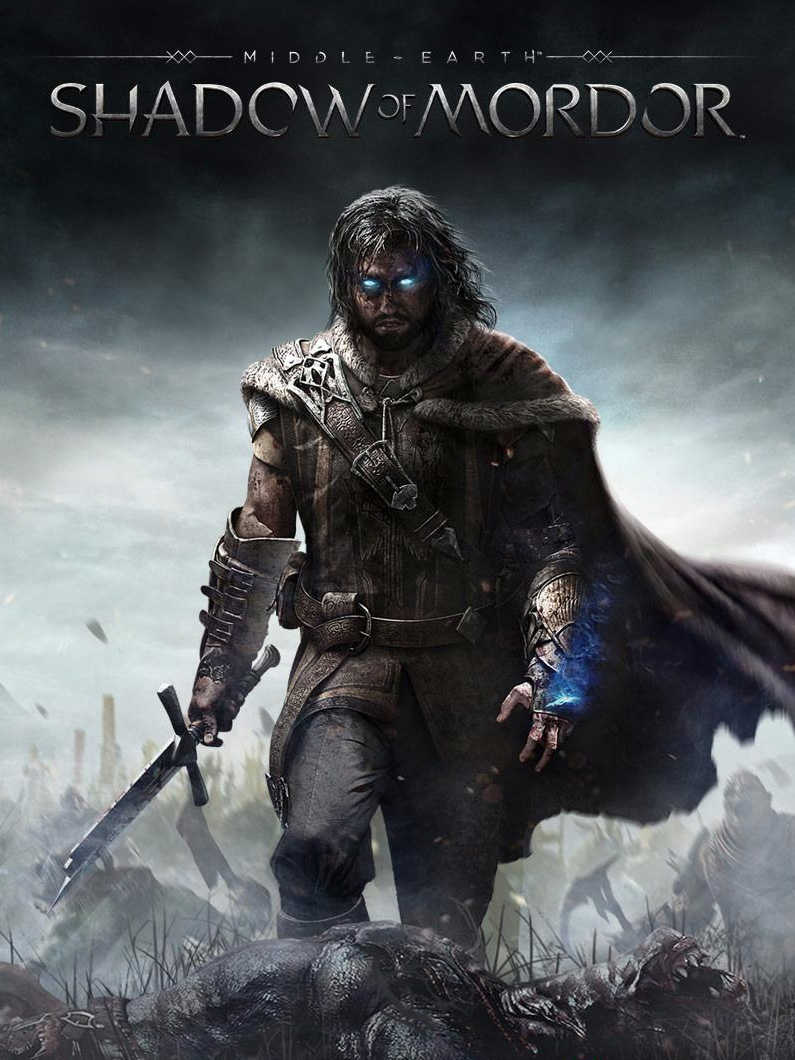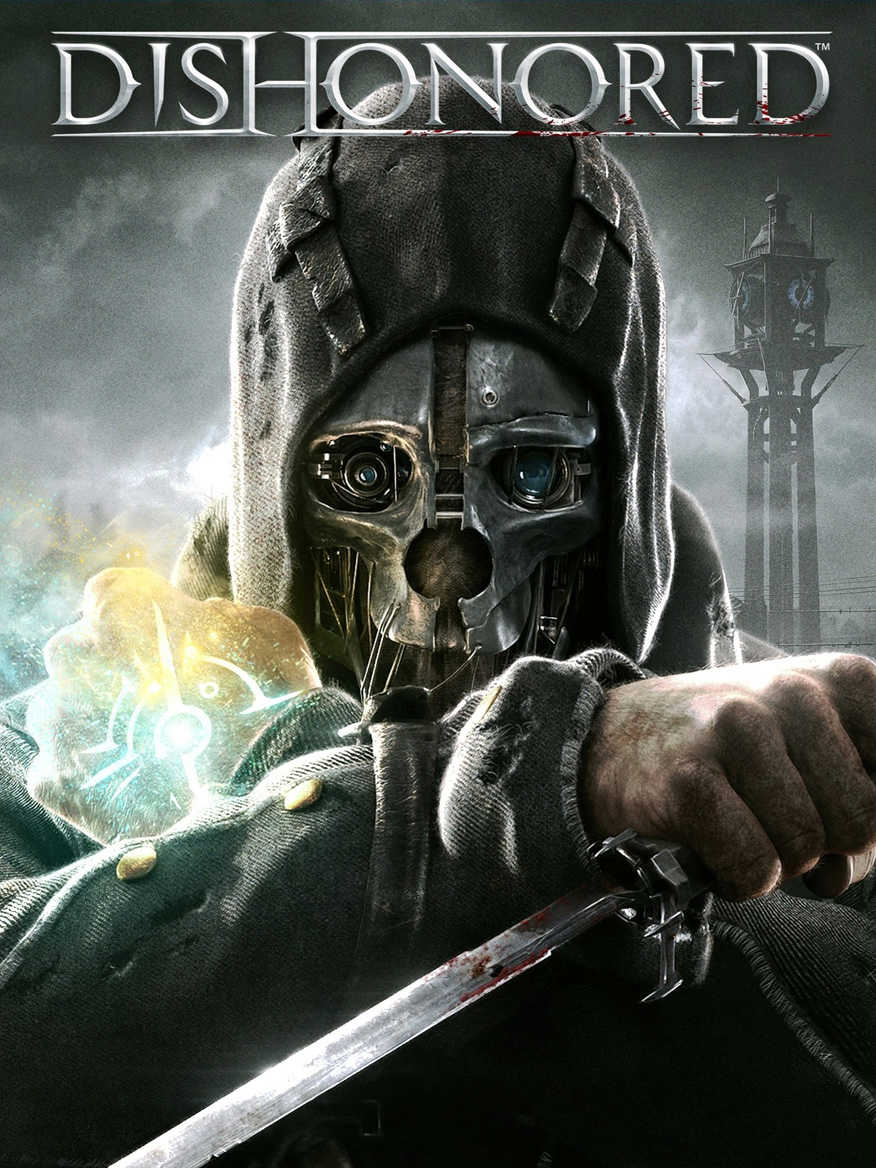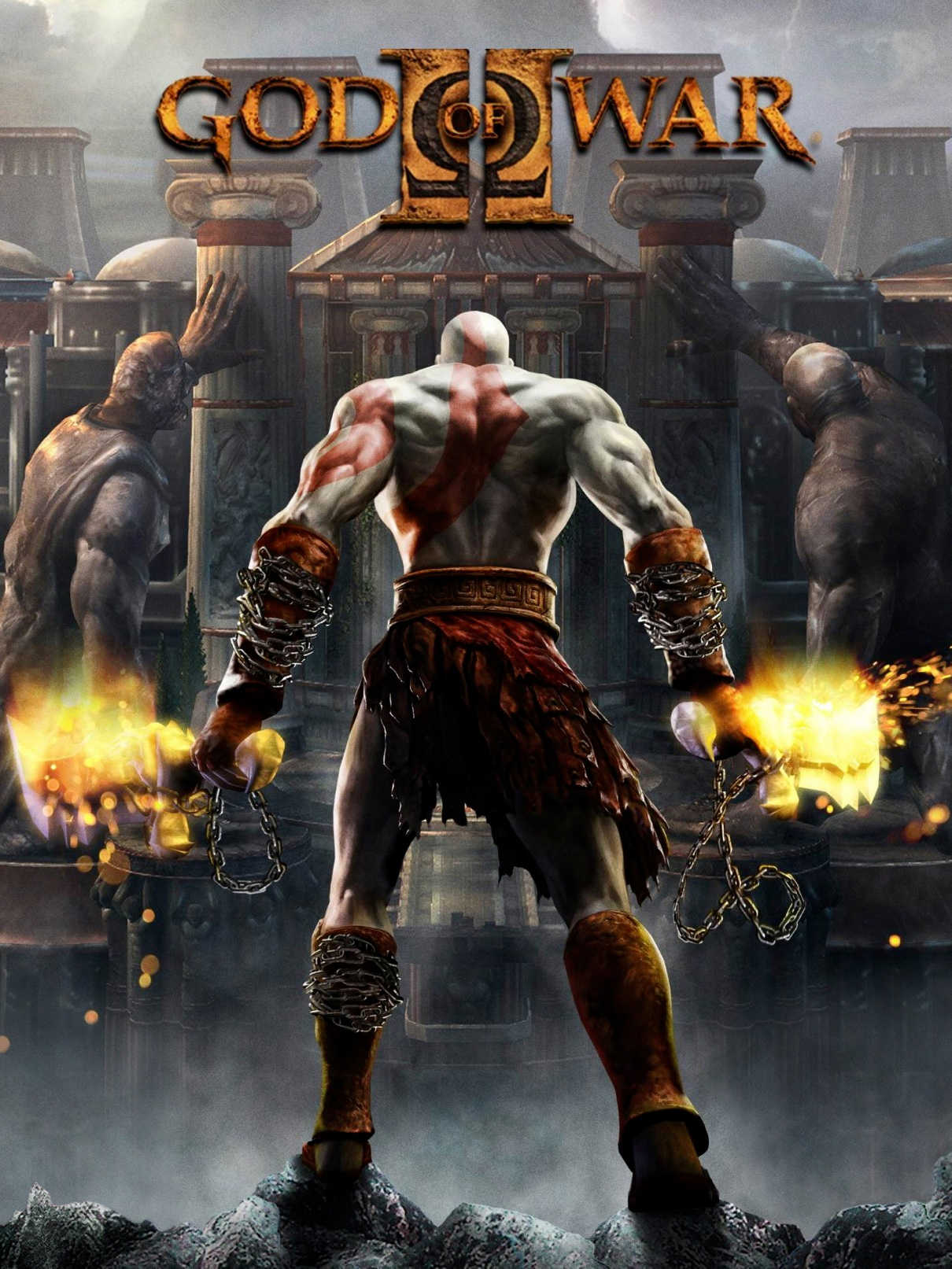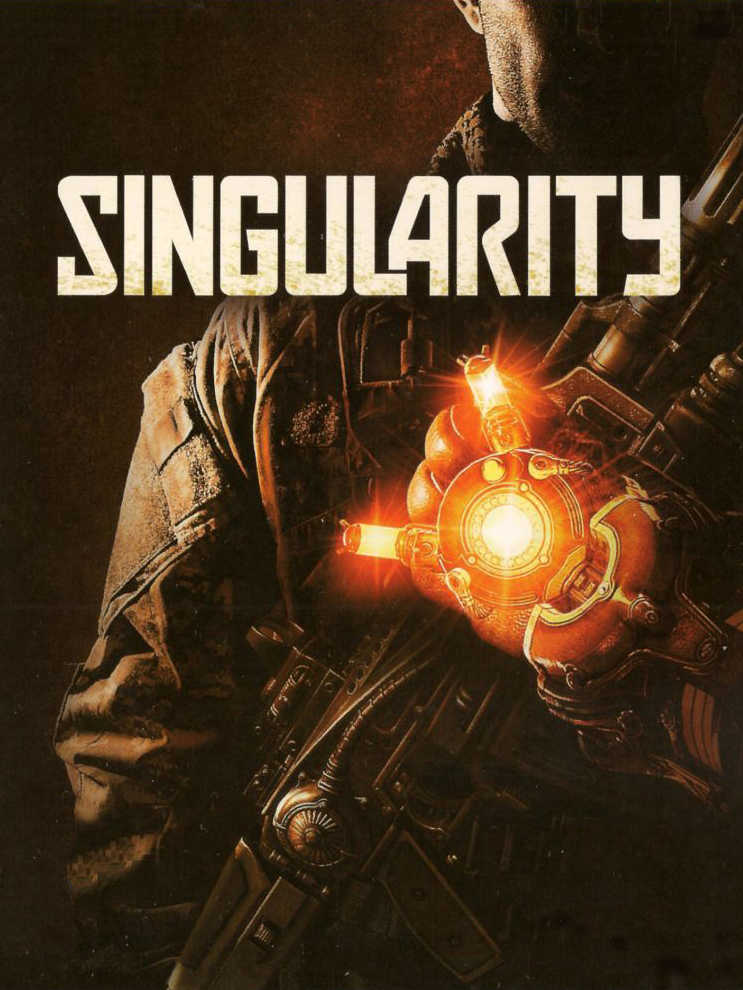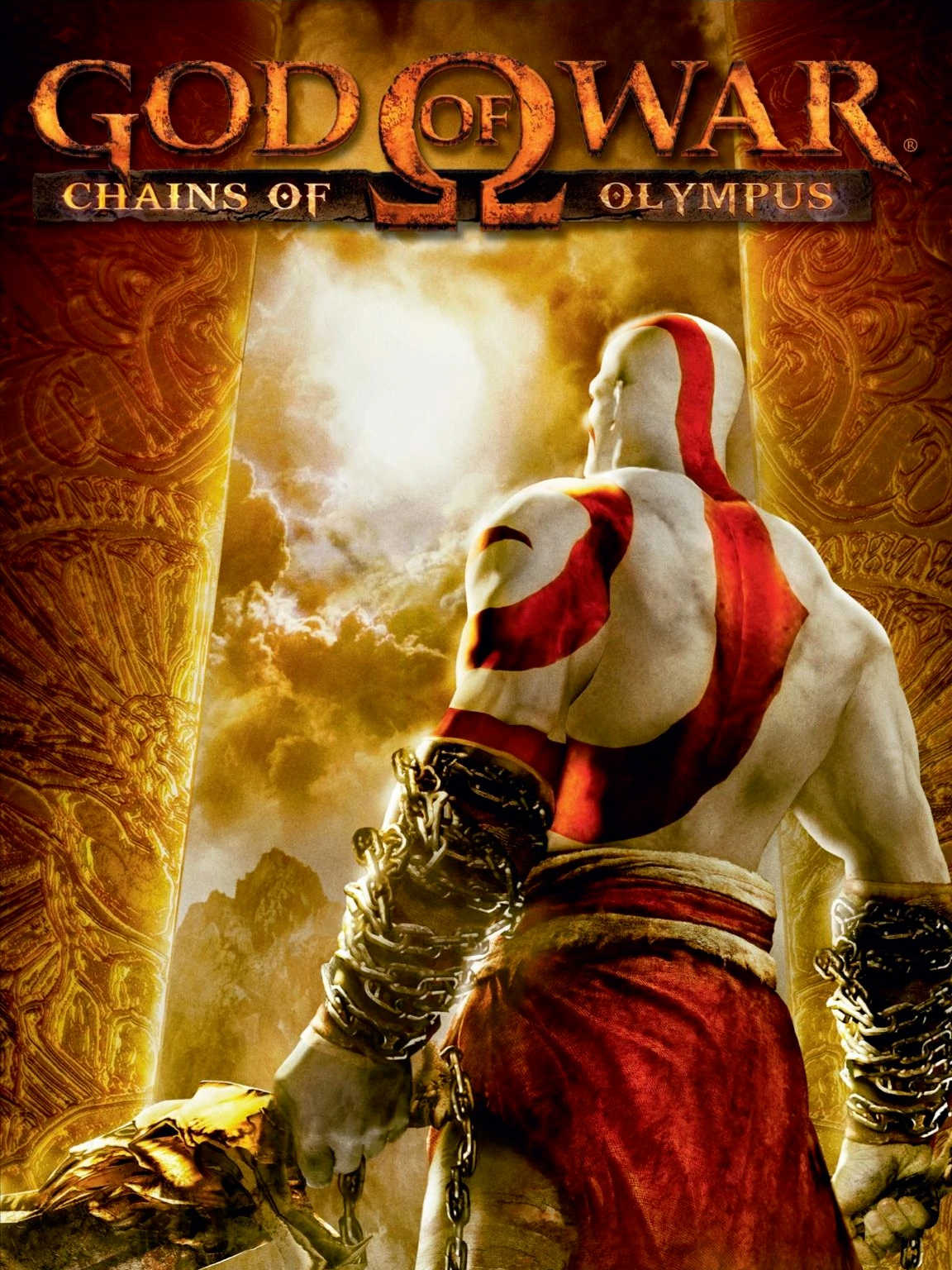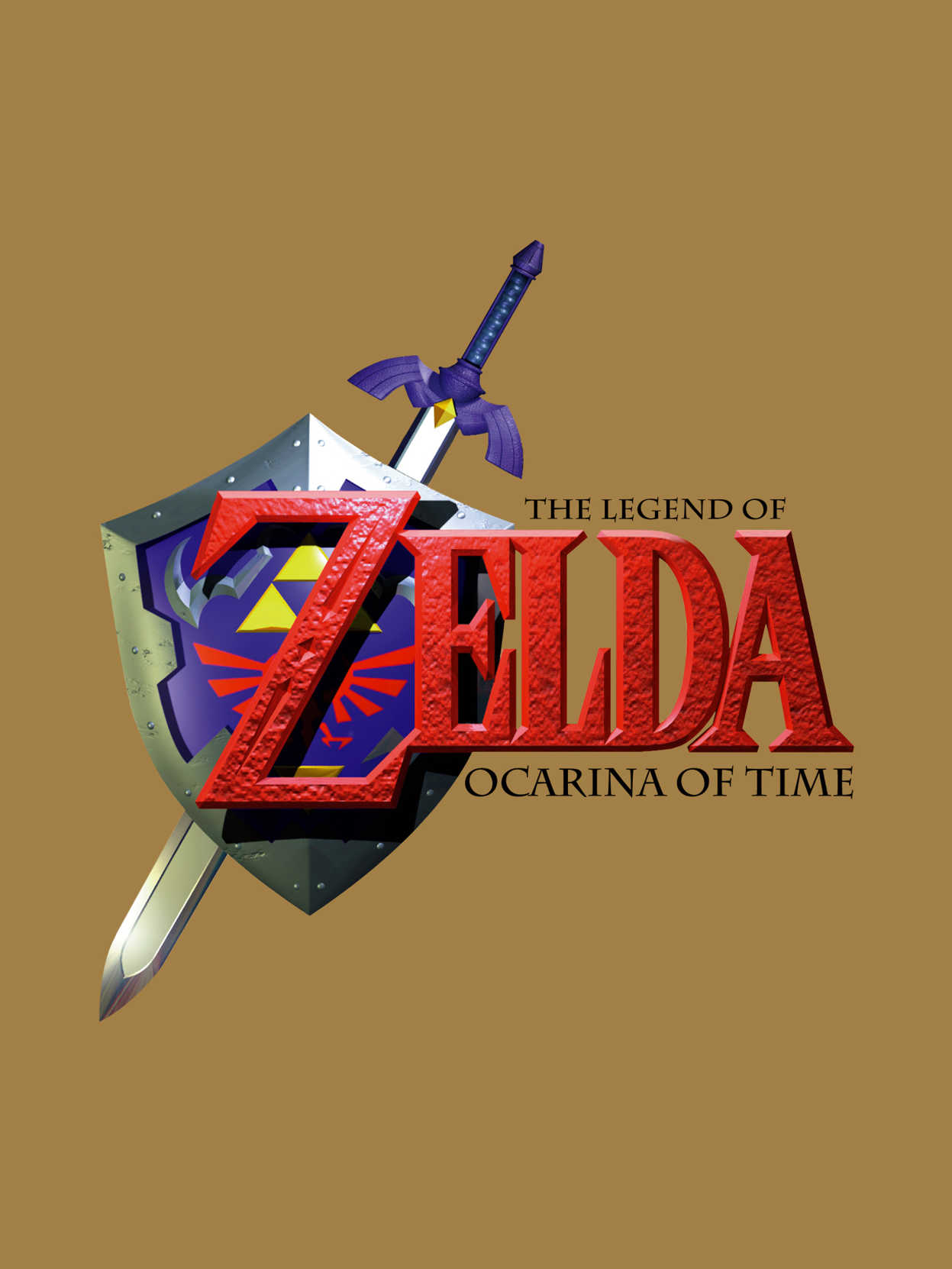If you found this page, you're probably wondering, what are the best games like Prince of Persia: The Sands of Time. Luckily, we have prepared for you 10 games similar to Prince of Persia: The Sands of Time in terms of genre, gameplay, and visuals. You should check out these titles, and, thanks to GameScribe, you can get them at the lowest price!
Shop with GameScribe, Save More
Compare prices from over 10 game stores and find the best deals on the games you want to buy.
from
3.99 $
Middle-earth: Shadow of Mordor is a open world third-person action role-playing video game developed by Monolith Productions and published by Warner Bros. Interactive Entertainment, which takes place in the world of J.R.R. Tolkien's Legendarium. The game takes place in the 60-year gap between the events of Tolkien's The Hobbit and The Lord of The Rings. It is a story of revenge, slaughter, and mystery set entirely in Mordor, the Land of Shadows. At its center is Talion, an ordinary man who loses everything, including his mortal life. The game is set in a fully open world, and features various role-playing game elements such as experience points and skills. There are various ways the player can complete their main objective. Aside from the main storyline, there are various side quests and random events the player can complete within Mordor. The melee system is inspired by that of the Batman Arkham series. Getting into a good fighting rhythm, using both regular attacks and counter-attacks will improve the player's combo multiplier. A unique feature of Middle-earth: Shadow of Mordor is the Nemesis system. Every enemy in the game has their own name, rank, and memory. These enemies will continue to do their own jobs and tasks even when they're off screen. If the player does not kill an enemy in an encounter, this enemy will remember the player and change their tactics and conversations based on the encounter.
from
4.99 $
Dishonored is an immersive first-person action game that casts you as a supernatural assassin driven by revenge. With Dishonored’s flexible combat system, creatively eliminate your targets as you combine the supernatural abilities, weapons and unusual gadgets at your disposal. Pursue your enemies under the cover of darkness or ruthlessly attack them head on with weapons drawn. The outcome of each mission plays out based on the choices you make.
from
19.99 $
Discover an intriguing and epic story of power, revenge and conspiracy set during a pivotal moment in history: the Italian Renaissance. Experience the freedom and immersion of an all new open world and mission structure with settings such as the rooftops and canals of beautiful Venice. Your options in combat, assassination and escape are vast, with many new weapons, settings and gameplay elements.
from
0.99 $
Limbo is a black and white puzzle-platforming adventure. Players take the role of a young boy traveling through an eerie and treacherous world in an attempt to discover the fate of his sister.
God of War II, an action-adventure hack-and-slash video game, was developed by Santa Monica Studio and published by Sony Computer Entertainment (SCE). Initially launched for the PlayStation 2, it serves as the second installment in the God of War series, the sixth in chronological order, and a sequel to 2005's God of War. The game is rooted in Greek mythology and unfolds in ancient Greece, revolving around the theme of vengeance. The protagonist, Kratos, is the new God of War, having defeated the former, Ares. However, Kratos is betrayed by Zeus, the King of the Olympian gods, who not only strips him of his godhood but also kills him. Dragged slowly to the Underworld, Kratos is rescued by the Titan Gaia, who guides him to seek out the Sisters of Fate. These entities have the power to enable time travel, allowing Kratos to prevent his betrayal, and ultimately seek revenge on Zeus.
from
9.89 $
In this FPS, you travel across a remote island off the coast of Russia ripping through space and time, and are given your own Time Manipulation Device of which you use to vaporize enemies. You can upgrade your TMD, yourself, and weapons throughout the campaign which is reminiscent of every modern shooter from the Call of Duty Modern Warfare and World at War series to Half Life 2, and F.E.A.R. Time is power. Multiplayer included but is no longer filled with an active community.
Kratos makes his inaugural appearance on a portable gaming platform in the third instalment of the God of War series. Chains of Olympus serves as a prequel, unfolding its narrative a decade before the events in the original God of War. While retaining the familiar gameplay dynamics of its predecessors, subtle modifications enhance the overall experience. Kratos embarks on a journey through various levels, engaging in relentless combat against foes and formidable bosses, deciphering puzzles based on manipulating boxes, and participating in quick-time events. Throughout his odyssey, he amasses red orbs to fortify his weapons and abilities, secures Gorgon eyeballs to augment his health, and acquires Phoenix feathers to amplify his magical prowess. The game's controls underwent refinement to harmonize with the reduced button configuration of the PSP. Dodging, for instance, now necessitates the utilization of both shoulder buttons and the analogue stick. The iconic Blades of Chaos, synonymous with the God of War series, make a return, accompanied by an array of new weapons and magical spells such as the Sun Shield, Efreet spell, and Light of Dawn. The narrative unfolds as the Gods dispatch Kratos to the city of Attica, charging him with the defence against an encroaching Persian army. However, as Morpheus unleashes chaos, Kratos finds himself compelled to harness his formidable powers to once again rescue the world from impending doom.
from
1.99 $
I returned home expecting peace. Instead, I found my kingdom ravaged by war and my people enslaved. Now I am a fugitive, hunted by hostile armies and plagued by a curse that is gradually possessing my soul. A darker Prince resides in me now. And I must embrace his powers and skill if I want to restore peace to my land, my people, and my soul.
from
1.99 $
Prince of Persia: Warrior Within is a video game and sequel to Prince of Persia: The Sands of Time. It picks up where The Sands of Time left off, adding new features, specifically, options in combat. The Prince now has the ability to wield two weapons at a time as well as the ability to steal his enemies' weapons and throw them. The Prince's repertoire of combat moves has been expanded into varying strings that allow players to attack enemies with more complexity than was possible in the previous game. Warrior Within has a darker tone than its predecessor adding in the ability for the Prince to dispatch his enemies with various finishing moves. In addition to the rewind, slow-down, and speed-up powers from The Sands of Time, the Prince also has a new sand power: a circular "wave" of sand that knocks down all surrounding enemies as well as damaging them.
The Legend of Zelda: Ocarina of Time is the fifth main installment of The Legend of Zelda series and the first to be released for the Nintendo 64. It was one of the most highly anticipated games of its age, and is listed among the greatest video games ever created by numerous websites and magazines. The gameplay of Ocarina of Time was revolutionary for its time, it has arguably made more of an impact on later games in the series than any of its predecessors even though they had the same cores of exploration, dungeons, puzzles and item usage. Among the gameplay mechanics, one of the most noteworthy is the time-traveling system. The game begins with the player controlling the child Link, but later on an adult Link becomes a playable character as well and each of them has certain unique abilities. Ocarina of Time also introduces the use of music to solve puzzles: as new songs are learned, they can be used to solve puzzles, gain access to new areas and warp to different locations. Dungeon exploration is somewhat more puzzle-oriented than in earlier games but they are not too complex.
